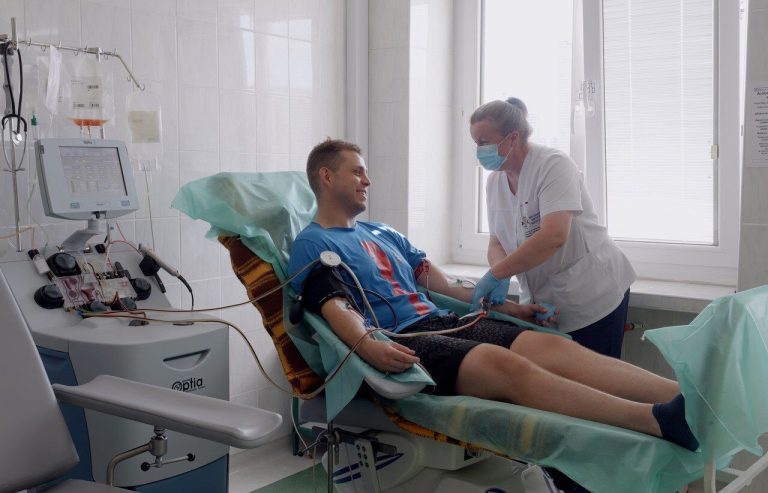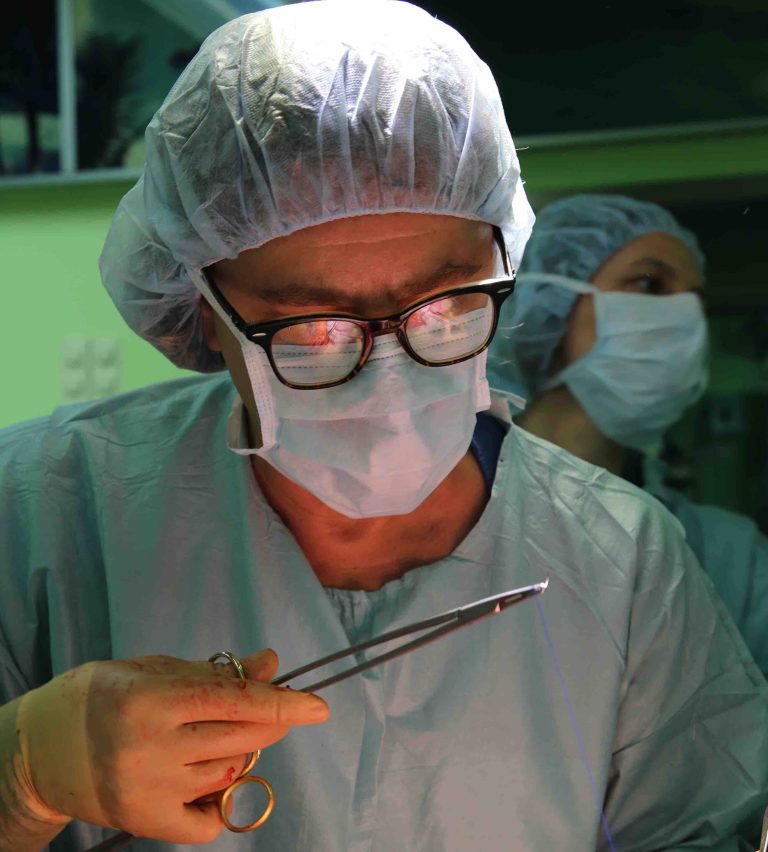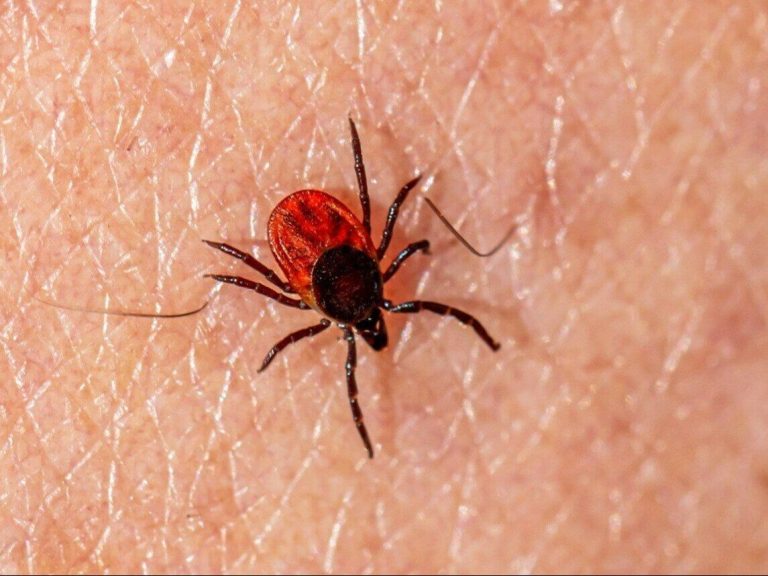Rare diseases: the revolution is coming. Debate on rare diseases with MP Chybicka. Visionaries 2024

The introduction of the new Rare Diseases Plan will be a revolution in the diagnosis and treatment of these diseases. Both patients and doctors are waiting for its implementation with hope and impatience – said the participants of the panel “Revolution in rare diseases. Diagnostics, modern therapies” during the Wprost Health Visionaries conference. Reformers 2024.
There are 5-8 thousand rare diseases. and five new ones appear in the world's medical literature every week. There are some that only a few people in the world suffer from. However, rare diseases are not rare at all. It is estimated that 6-8% of people suffer from it. population, i.e. in Poland – approximately 3 million people. Most rare diseases are diagnosed in children, although adults are increasingly becoming patients as well.
There are many problems in this area of medicine. The remedy – at least for most of them – is to be the new Plan for Rare Diseases, which will be introduced in the second quarter of this year. announced the Minister of Health, Izabela Leszczyna, at the end of February. The previous Plan for Rare Diseases was valid in the years 2021-2023 and became history at the end of last year. – The program, which was created on the basis of the Ministry of Health, has not been implemented at all – said prof. Alicja Chybicka, Member of Parliament of the Republic of Poland, chairwoman of the Parliamentary Team for Rare Diseases. She emphasized that patients suffering from rare diseases need comprehensive diagnostics, treatment and care, and the treatment and care of patients with rare diseases can be organized in such a way as to repeat the success of pediatric hematooncology, where treatment in Poland is at a world-class level.
A patient like Odysseus: a long road to diagnosis
Rare diseases are found in every field of medicine. And in each of them they cause similar problems. For the patient, they most often mean the so-called diagnostic odyssey: visits to subsequent doctors to diagnose the disease and the diagnosis is often made only years later.
Why is this happening? For many reasons, for example because the symptoms of rare diseases may indicate many different diseases, which makes it difficult to make a proper diagnosis. This is the case, for example, in eosinophilic rare diseases. As prof. said Karina Jahnz-Różyk, head of the Department of Internal Diseases, Pneumonology, Allergology and Clinical Immunology of the Military Institute of Medicine – PIB, an increased number of eosinophils (cells that are involved in, among others, inhibiting allergic reactions) is observed in various clinical situations, ranging from simple infections, through parasitic infections and even cancer. In eosinophilic zarnimatosis, various organs may be affected, e.g. heart, lungs, and skin symptoms may occur. Therefore, a patient with this disease may see a dermatologist, cardiologist, lung specialist or allergist.
However, it may still not be properly diagnosed or treated, and today such treatment is already possible in some diseases: e.g. eosinophilic granulomatosis or hypereosinophilic syndromes. If left undiagnosed and untreated, they can lead to very serious consequences and serious damage to many organs. Eosinophilic granulomatosis with polyangiitis is a multisystem disease; may lead to, among others: to myocarditis, neuropathy, kidney damage. The disease is difficult to distinguish from hypereosinophilic syndrome, but they are treated similarly.
– We use targeted therapies; There are clinical studies, very advanced, indicating that there are biological drugs that cause positive reactions in hypereosinophilic syndromes. But we have to find these sick people first. Because it's not like the patient will go to a general practitioner and that doctor will know what to do next with him, said prof. Karina Jahnz-Różyk. – Therefore, in order to avoid a diagnostic odyssey, paths for rare diseases must be indicated, a path between a primary care physician and a specialist, or finally a center where these diseases are treated.
Precise diagnostics
Rare diseases often have a genetic basis. Therefore, appropriate diagnostics is extremely important – not only in rare oncological diseases.
– Great emphasis should be placed on good and correct diagnosis, because in order to treat well, you need to know what you are treating. And to know what is being treated, it requires very detailed histopathological and molecular diagnostics – said prof. Anna Raciborska, head of the Oncology and Oncological Surgery Clinic of the Institute of Mother and Child.
Not only is detailed diagnosis crucial; it must be early, especially in the case of diseases in which irreversible consequences appear quickly. For example, in rare neurological diseases. As prof. said Konrad Rejdak, president of the Polish Neurological Society, two-thirds of rare diseases concern the nervous system, at least in part. – Sooner or later, problems will surface and require neurological treatment – emphasized Prof. Rejdak.
– We strongly support activities to increase diagnostics and early detection, because in the case of the nervous system, where damage occurs, it is no longer reversible, it will not be possible to rebuild lost functions – explained Prof. Rejdak. – The best example is spinal muscular atrophy (SMA), in which we provide prevention and block the disease as soon as possible after diagnosis.
According to prof. Rejdak, allowing reimbursement of key drugs that stop the disease process in SMA is a huge success for pediatric neurologists.
However, genetic diagnosis of people suffering from rare diseases is expensive and does not always lead to diagnosis – if only because genetic tests must be properly interpreted by a clinical geneticist.
– Very often we have situations where we perform an expensive genetic test on a patient, we get the result, but we cannot interpret it because we cannot attribute certain gene mutations to a given disease entity. Or we sometimes receive descriptions from two different sources and each one is different – explained Prof. Jahnz-Różyk.
Everything according to Plan (for Rare Diseases)
What can be done to prevent a patient with a rare disease from wandering from one office to another looking for a diagnosis? How to improve diagnostics? And finally – what solutions should be introduced so that we can talk about comprehensive care for such a patient?
The Rare Diseases Plan provides answers to these questions. As explained by prof. Anna Latos-Bieleńska, chairwoman of the Council for Rare Diseases, national consultant in the field of clinical genetics, The plan envisages the creation of two types of expert centers that will provide comprehensive care for patients.
The first will be intended for patients with a given group of rare diseases; from such a center, the patient will be able to be referred for all types of genetic tests. The latter – expert genetic centers for rare diseases – are to accept and carry out diagnostics (genetic tests) of patients if there is no clinical center of expertise for their disease, as well as patients with a multi-organ, multi-system disease in which the family doctor will not be able to identify, which specialist to refer the patient to. Expert genetic centers for rare diseases are to create the best genetic clinics. It is estimated that there will be about 30 of them in Poland.
Genetic tests are to be priced and settled appropriately (currently, they are not always reimbursed; and reimbursed tests often have a long wait). The laboratories that will perform them should have international certificates or a certificate from the Polish Society of Human Genetics (currently, the problem is the lack of certification of some laboratories).
This is not the end of the news: new services are to appear (a comprehensive visit for a patient with a rare disease and a follow-up visit for a patient with a rare disease, which the patient will be able to make once a year, and a comprehensive visit for a patient with a rare genetic disease), as well as new specializations (e.g. . genetic nurse) or professions (genetic counselor; this is the fastest growing profession in the world).
Criteria for genetic expert centers have even been developed; There is an electronic form through which centers could apply to the program. The situation is similar in the case of clinical expert centers.
– Many things are 90% done, we just need to launch the Rare Diseases Plan to implement it all – summed up Prof. Latos-Bieleńska.
Equalizing opportunities
So far – as Jakub Gierczyński, MD, PhD, said – in the audit of the Orphan National Forum, patients with rare diseases assessed only one element of the plan for rare diseases positively – access to drug technologies. Every third drug for rare diseases is reimbursed: in the last three years, 127 out of 380 so-called new therapies.
– We make new technologies available to patients – said Mateusz Oczkowski, deputy director of the Department of Drug Policy and Pharmacy of the Ministry of Health. – Last year, we reimbursed 43 new technologies, this year we have already managed to achieve 18. We currently have about 60 reimbursement processes for new technologies, 50 percent of them are technologies for rare and ultra-rare diseases. Practically half of them involve multi-thousand-dollar therapies, multi-million-dollar treatments for patients, he added.
The implementation of the plan will be a real revolution in the diagnosis and care of patients with rare diseases.
– Most of the solutions have been prepared – emphasized Stanisław Maćkowiak, president of the Federation of Polish Patients. – We failed to take the last step, i.e. implement the Plan. Then there would be a chance for patients and families of rare diseases to experience a fundamental change in the care process.
He added: – Patients with rare diseases do not expect special treatment – they are simply waiting for the opportunity to equalize opportunities so that they are treated like all citizens in our country. This can only be done when we develop and start implementing these system solutions.






